How to Calculate & Optimize Engine Load Factor
For businesses relying on diesel generators, understanding and managing the engine load factor is crucial for achieving optimal performance, reducing operational costs, and extending equipment lifespan. The engine load factor represents the ratio of the actual power output of your generator to its maximum possible output under specific conditions, expressed as a percentage. Properly calculating and optimizing this factor can lead to significant fuel savings, reduced maintenance expenses, and improved reliability. This comprehensive guide will walk you through the practical steps to accurately determine your generator's load factor and implement effective optimization strategies for maximum efficiency and equipment longevity.
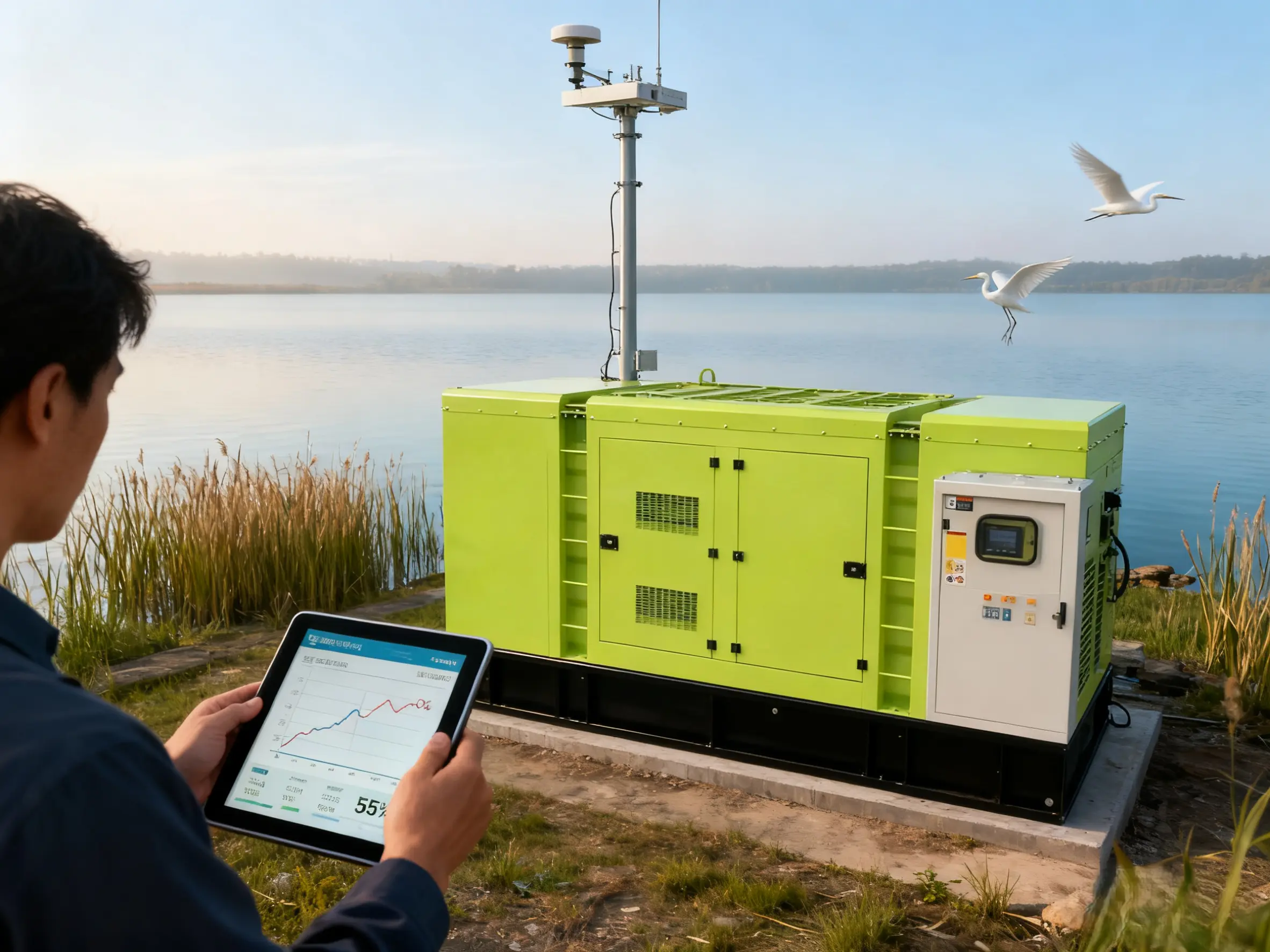
Understanding Load Factor Fundamentals
The engine load factor is more than just a technical metric—it's a vital indicator of your generator's operational efficiency and health. At its core, it measures how hard your generator is working compared to its maximum capability. A 0% load factor means the generator is running but producing no power, while 100% indicates operation at full rated capacity. For diesel generators, maintaining an appropriate load factor is particularly important because both excessively low and high loading can cause problems. Understanding this concept is the first step toward optimizing your power generation system for better performance and lower operating costs.
Basic Calculation Methods
Calculating your generator's load factor is straightforward with these practical approaches:
Simple Percentage Method: Divide your current power consumption (in kW) by the generator's maximum rated output (in kW), then multiply by 100. For example: (75 kW ÷ 100 kW) × 100 = 75% load factor.
Using Built-in Monitoring Systems: Most modern generators feature digital displays that show real-time load percentage, providing instant access to this critical data without manual calculation.
Advanced Power Analysis: For precise measurements, use a power analyzer to measure voltage, current, and power factor simultaneously, then apply the formula: Load Factor = (Measured kW ÷ Generator Rated kW) × 100.
Regular monitoring and calculation of your engine load factor enables informed decisions about generator operation and load management.
Data Collection and Measurement
Accurate load factor calculation depends on reliable data collection:
Power Measurement Tools: Utilize clamp meters, power analyzers, or built-in generator monitoring systems to measure actual power consumption.
Load Profiling: Track power consumption patterns over time to identify peak and average usage periods.
Environmental Factors: Record ambient temperature, altitude, and humidity, as these affect generator capacity and performance.
Documentation: Maintain detailed records of load measurements, including date, time, and specific equipment in operation.
Consistent data collection provides the foundation for meaningful load factor analysis and optimization decisions.
Optimization Strategies
Implement these practical strategies to optimize your generator's load factor:
Load Management: Distribute operations to maintain a consistent load between 70-80% of capacity, avoiding both extreme lows and highs.
Load Sequencing: Stagger the startup of high-consumption equipment to prevent sudden load spikes that can destabilize the generator.
Right-Sizing: Match your generator size to your actual power needs, considering both peak and average requirements.
Power Factor Correction: Install capacitor banks to improve power factor, reducing apparent power demand and allowing more efficient operation.
Regular Maintenance: Keep your generator in optimal condition through scheduled servicing to maintain rated performance capabilities.
These optimization techniques help maintain an ideal engine load factor, balancing efficiency with equipment protection.
Advanced Calculation Techniques
For more sophisticated operations, these advanced methods provide deeper insights:
Time-Weighted Average: Calculate load factor over specific periods using the formula: (Energy consumed in kWh ÷ (Rated kW × Hours of operation)) × 100.
Statistical Analysis: Use standard deviation calculations to understand load variability and stability.
Predictive Modeling: Implement algorithms that forecast load patterns based on historical data and operational schedules.
Cost-Benefit Analysis: Evaluate the financial impact of different load factor scenarios, considering fuel consumption, maintenance costs, and equipment lifespan.
These advanced techniques support data-driven decisions for optimizing your engine load factor in complex operational environments.
Practical Implementation Steps
Follow this systematic approach to implement load factor optimization:
Assessment Phase: Measure current load patterns and identify optimization opportunities.
Planning Phase: Develop a load management strategy based on your specific operational requirements.
Implementation Phase: Execute your optimization plan, starting with low-risk, high-impact changes.
Monitoring Phase: Continuously track performance metrics to validate improvement.
Refinement Phase: Adjust your strategy based on operational data and changing requirements.
This structured approach ensures methodical implementation of load factor optimization with measurable results.
Common Calculation Errors
Avoid these frequent mistakes in load factor management:
Ignoring Power Factor: Failing to account for power factor can lead to significant miscalculations of actual load.
Incorrect Capacity Rating: Using nameplate rating without considering derating factors like altitude and temperature.
Sampling Errors: Basing decisions on insufficient data points or unrepresentative time periods.
Equipment Limitations: Overlooking the impact of aging equipment on generator capacity and efficiency.
Awareness of these common errors helps maintain accurate load factor calculations and effective optimization.
Maintenance Relationship
Your generator's load factor directly impacts maintenance requirements and schedules:
Low Load Operation: Generators consistently operating below 30% load may require more frequent maintenance to address issues like wet stacking and carbon buildup.
Optimal Load Range: Operation between 70-80% load typically correlates with normal maintenance intervals and optimal engine health.
High Load Operation: Consistent operation above 90% load may necessitate more frequent oil changes, filter replacements, and component inspections.
Load Testing: Regular testing under appropriate loads helps verify generator performance and identifies potential maintenance issues early.
Understanding this relationship between engine load factor and maintenance needs enables proactive care and prevents unexpected downtime.
Conclusion
Effectively calculating and optimizing your engine load factor delivers substantial benefits through improved fuel efficiency, extended equipment life, and reduced operational costs. By implementing the methods and strategies outlined in this guide, you can transform your generator operations from simply functional to highly efficient. Remember that optimal load management is an ongoing process that requires regular monitoring and adjustment to maintain peak performance as your power needs evolve. The effort invested in proper load factor management pays dividends through reliable operation and lower total cost of ownership.
Our technical team specializes in helping clients optimize their power generation systems for maximum efficiency and reliability. For personalized assistance with your generator needs, contact our experts at skala@whjlmech.com.
References
Johnson, M. (2022). Emergency Power Systems: A Comprehensive Guide to High-Speed Diesel Generators. Power Engineering Quarterly, 45(3), 78-92.
Generator Manufacturers Association. (2021). Guidelines for Rating and Application of Generator Sets. GMA Technical Publication TP-101.
International Organization for Standardization. (2018). Reciprocating internal combustion engine driven generating sets — Part 1: Application, ratings and performance (ISO 8528-1:2018).
National Fire Protection Association. (2020). Standard for Emergency and Standby Power Systems (NFPA 110).
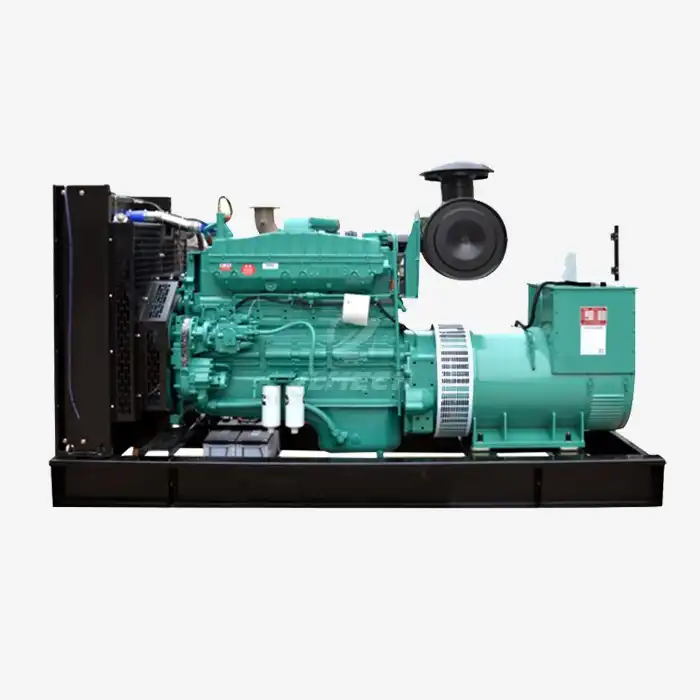 VIEW MORE100kVA diesel set
VIEW MORE100kVA diesel set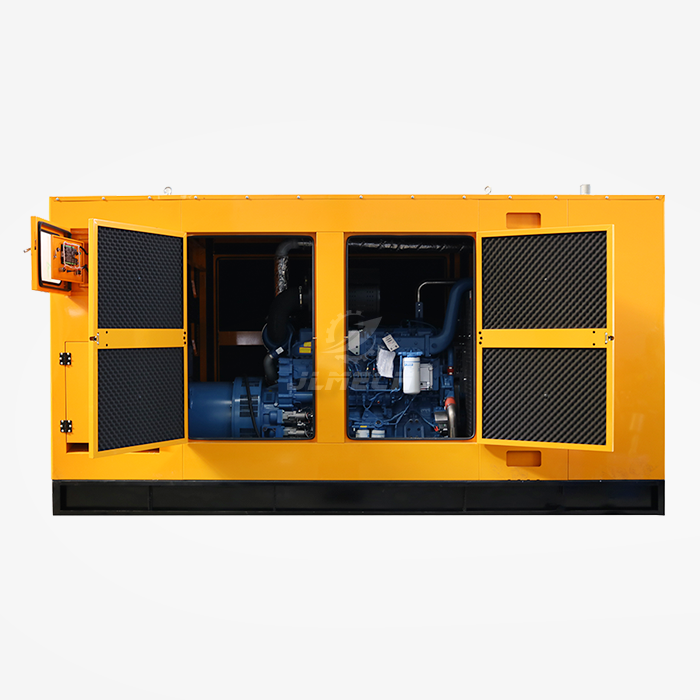 VIEW MORE50KW 60Hz 220V diesel generator
VIEW MORE50KW 60Hz 220V diesel generator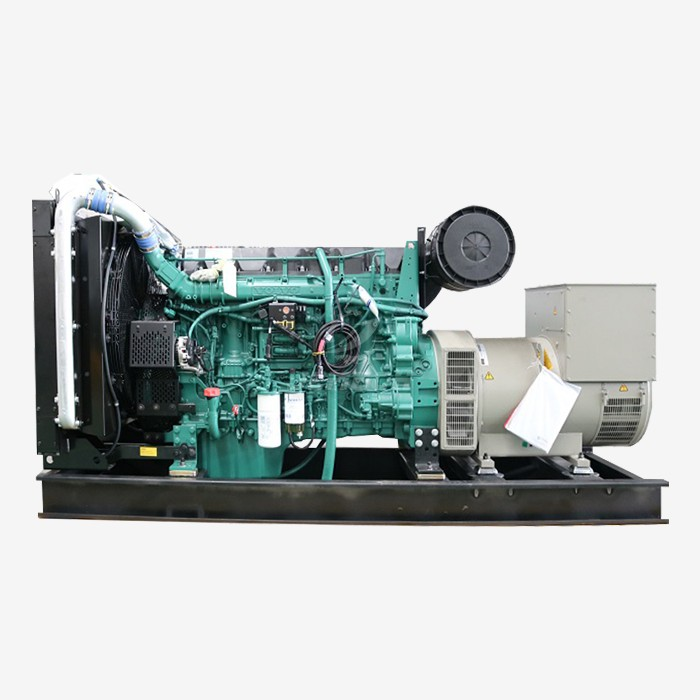 VIEW MOREThree phase four wire diesel generator
VIEW MOREThree phase four wire diesel generator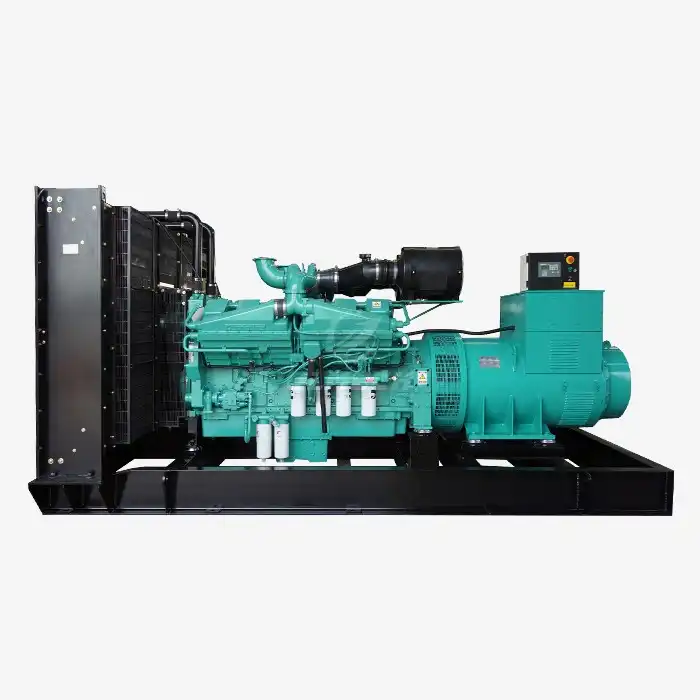 VIEW MORE2 Years warranty time diesel generator
VIEW MORE2 Years warranty time diesel generator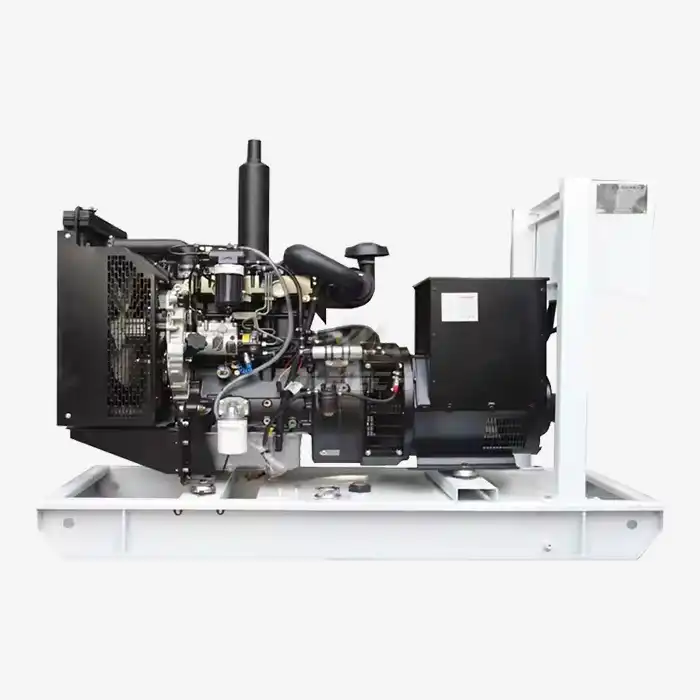 VIEW MOREQuick-Start Generator
VIEW MOREQuick-Start Generator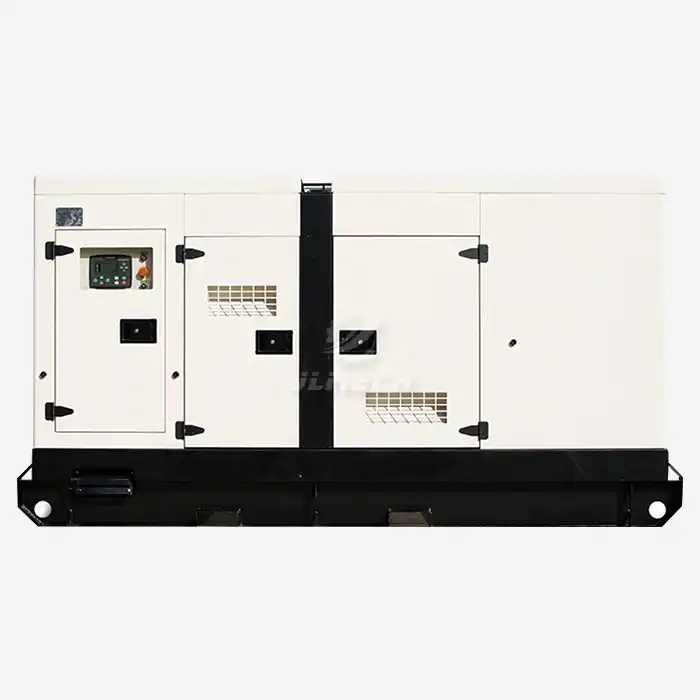 VIEW MOREDiesel generators used in hospitals
VIEW MOREDiesel generators used in hospitals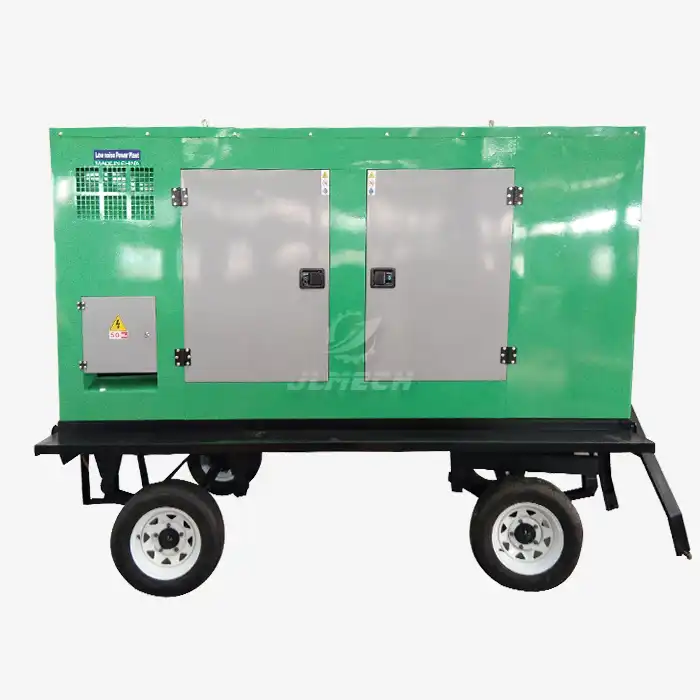 VIEW MORE50kw diesel power generator
VIEW MORE50kw diesel power generator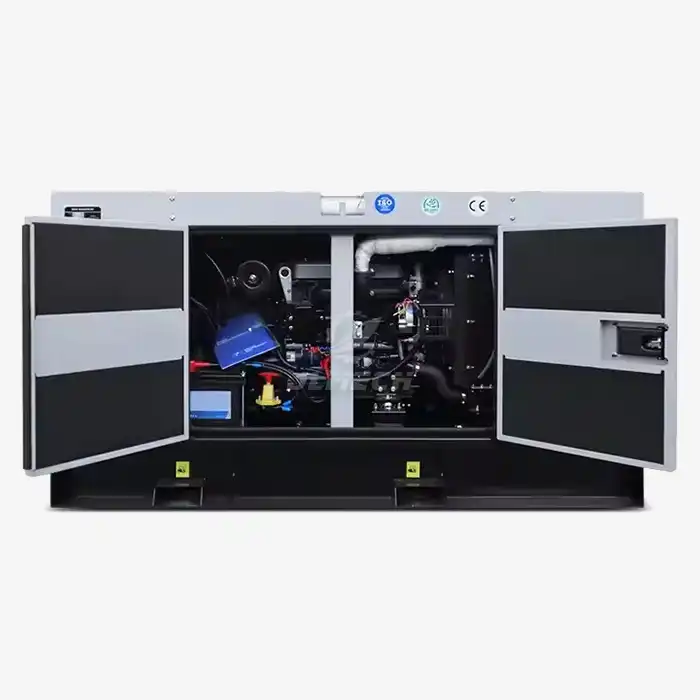 VIEW MORE25kva silent diesel generator
VIEW MORE25kva silent diesel generator



